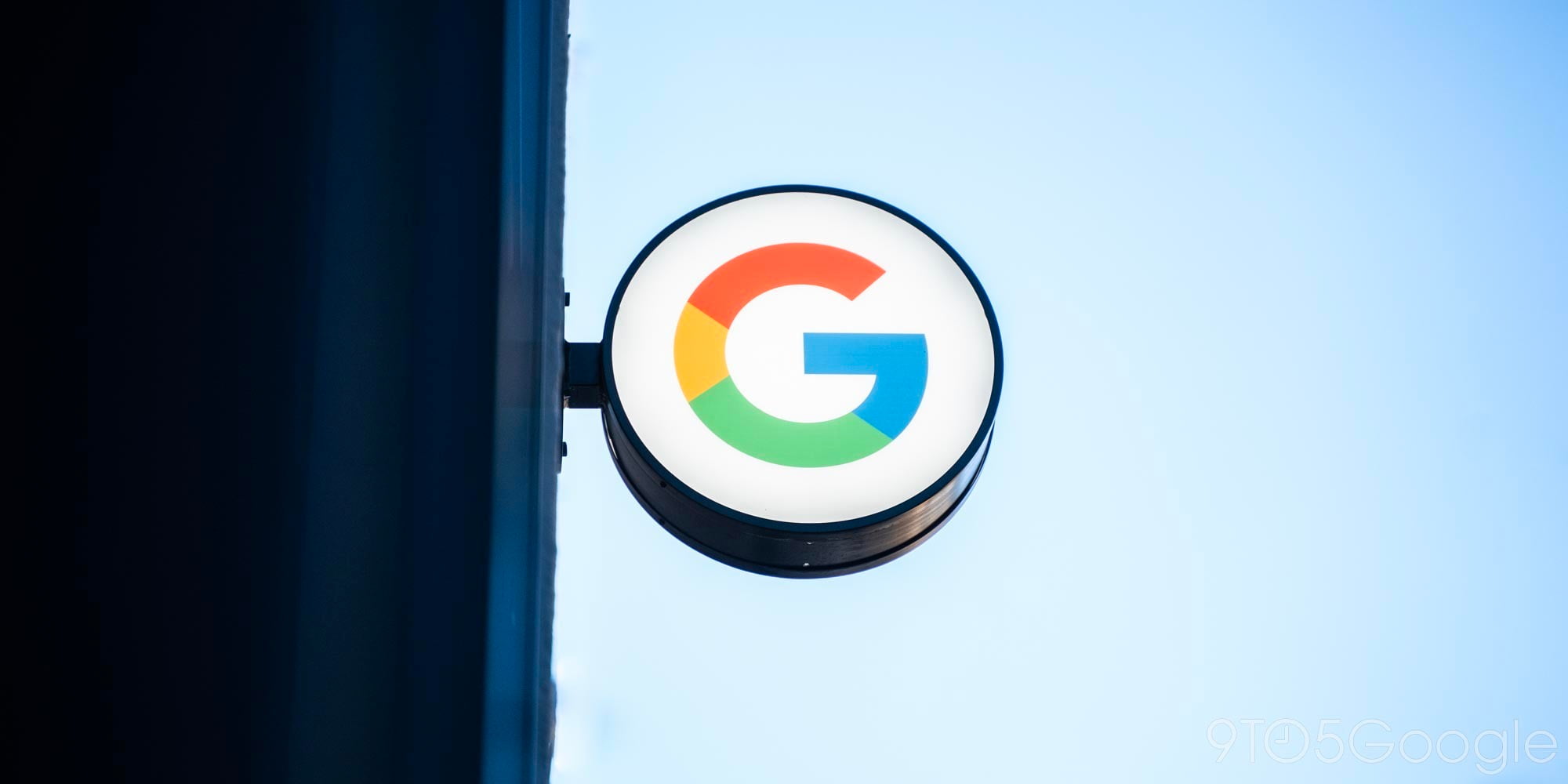We may all be eagerly awaiting affordable 4k displays for our computers and TVs, but things are starting to get just a little silly in the race for ever higher resolutions in small-screen devices. LG has just announced a 5.5-inch screen with a 2560×1440 resolution, giving it a pixel density of 538ppi.
It’s an impressive technological achievement, but the question we have to ask is: why? Once you get much beyond 300ppi, pixels essentially become invisible at any sane viewing distance. 538ppi is over-kill. Of course, one could ask ‘Why not?’, but there’s a simple answer in mobile devices: both the display itself, and the beefier graphics processor needed to drive it, consume power. Pointless resolution equals pointless reduction in battery-life.
The sad thing is that non-tech-savvy consumers will likely lap it up. Bigger numbers are better, right? It’s the same phenomenon we’ve seen with cameraphones, with manufacturers boasting higher and higher megapixel numbers when any photographer will tell you that cramming masses of pixels into a tiny sensor actually results in worse image quality, especially in terms of low-light performance. It’s why DSLRs have much larger sensors than smartphones.
There’s only one reason you might want ultra-high resolution in a phone: the ability to push the display to a large-screen device.
As an aside, LG refers to the 2560×1440 resolution as ‘Quad HD’. It would be more accurately described as ‘Quad 720p HD’ as it’s the same number of pixels as four 1280×720 displays.
Full press release below …
LG Display Develops World’s First Quad HD LCD Panel for Smartphones
New panel will deliver optimal viewing experience on larger smartphone displays
Seoul, Korea (August 21, 2013) – LG Display [NYSE: LPL, KRX: 034220], a leading innovator of display technologies, announced today that it has developed the world’s first Quad HD AH-IPS LCD panel for smartphones. At 2560X1440 with 538ppi, the new 5.5-inch Quad HD panel is the highest resolution and ppi (pixel per inch) mobile panel to date, and provides a glimpse at what’s next after current Full HD smartphone panels, critical given the growing trend towards larger displays.
“LG Display, which pioneered the high resolution mobile market with introduction of the world’s first Full HD smartphone panel in 2012, again opens new possibilities with the successful application of QHD technology,” said Dr. Byeong-koo Kim, Vice President and Head of LG Display’s IT and Mobile Development Group. “With this breakthrough, LG Display will continue to raise new standards for mobile resolution and lead the mobile display market.”
LG Display’s Quad HD panel for smartphones realizes clearer images with 4 times more pixels than HD at 1,280X720, thereby reproducing more delicate colors as well as improving contrast and vividness when compared to current mobile displays. This advancement will enable consumers to fully enjoy more life-like and crisp images, and even Blu-ray equivalent video, on their smartphones. The panel also features the highest ppi among current mobile device displays.
In addition, the new Quad HD panel will enable users to enjoy a full view of PC-version web pages at a single glance without image distortion; a contrast to current Full HD displays which only realize 3/4th of a full screen. Also, even when enlarging the screen, users will be able to enjoy undistorted and sharper text.
Only 1.21mm thin with a 1.2mm bezel measured in LCD modules (LCM), LG Display’s new Quad HD panel is both the world’s slimmest and narrowest panel, with 12% reduced thickness compared to the company’s 5.2-inch Full HD panel released last month. Based on Low Temperature Poly-Silicon (LTPS) substrate, the panel also realizes superior brightness of 430nit with improved transmittance and larger aperture opening size.
LTPS-based smartphone displays are expected to record 765 million units in shipments next year according to research firm DisplaySearch, as displays with larger screens, higher resolution, and less power consumption prove key to competitiveness in the premium model segment.
FTC: We use income earning auto affiliate links. More.





Comments